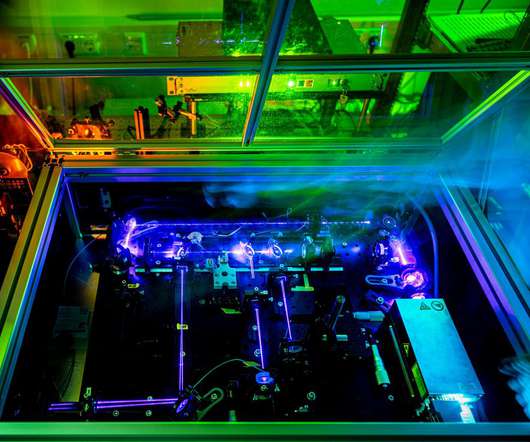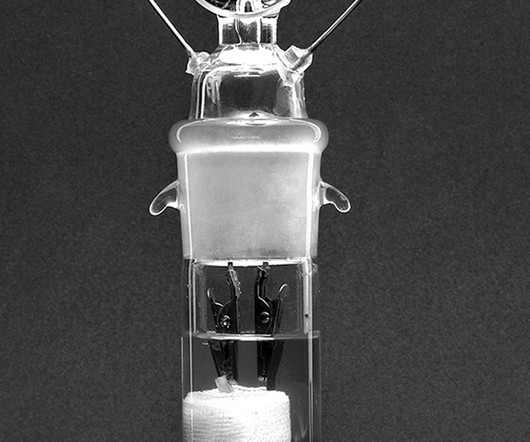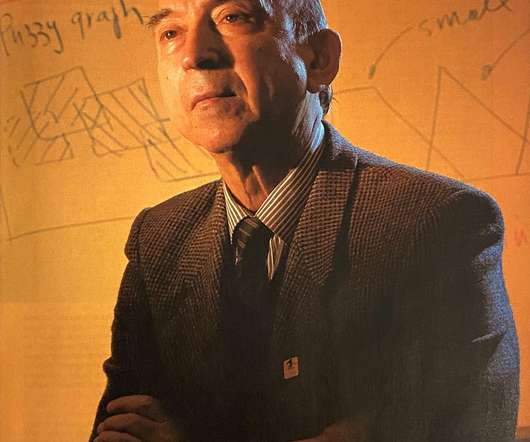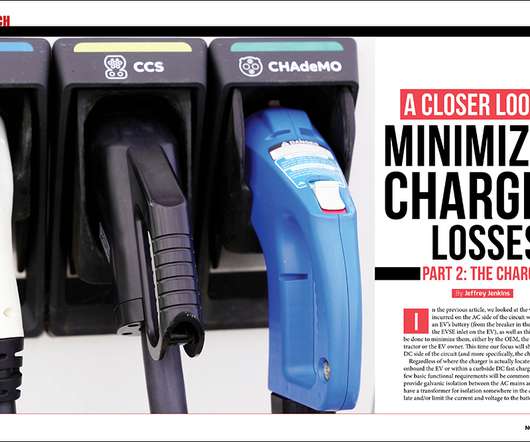Wind Turbine Blades Destined for the Afterlife
Cars That Think
MARCH 23, 2022
This group of wind-turbine fan blades, fresh from Siemens Gamesa’s new RecycleBlade manufacturing process at England’s largest such factory, await shipment to the various points around the globe where they will serve 20- to 30-year stints generating electricity at wind farms before they’re recalled and reincarnated. What’s Next?




















Let's personalize your content